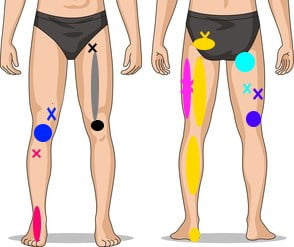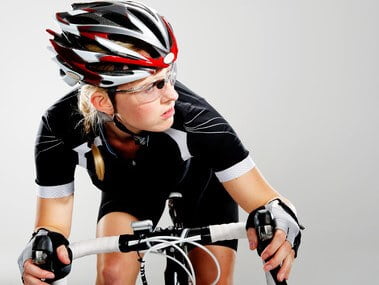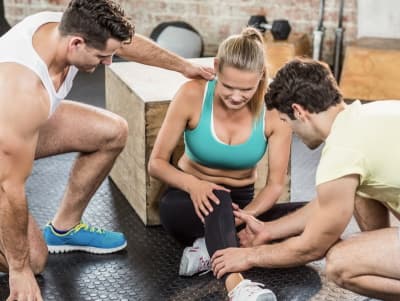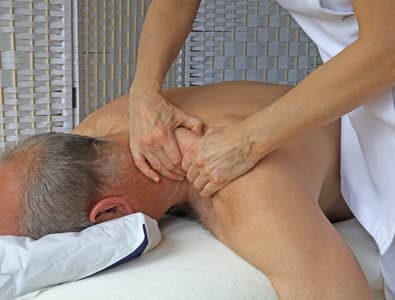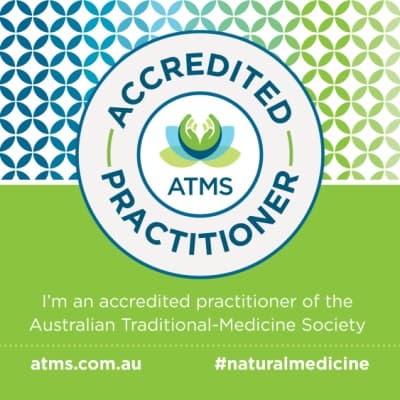Adelaide - Pasadena 5042

Remedial Massage for Leg - Knee - Ankle - Foot Pain Conditions
If you are not an athlete you might never have considered that pain or dysfunction experienced in your legs, knees, ankles or feet could come directly from the muscles and that this issue could feel better after a targeted massage.

In many cases, muscle knots (called trigger points) are responsible for this kind of pain but also sciatic pain due to muscular nerve compression needs to be considered.
The picture below shows some sample trigger points and their common referral pain patterns:
Muscular Problems in the Thighs
Trigger points in the thigh can cause a lot of discomfort. Active trigger points can cause pain in multiple places: the thigh, gluteal, abdominal, hip, or even lower back muscles.
On the other hand, trigger points close to the hip in the upper thigh muscles can refer pain to deep inside the pelvis.
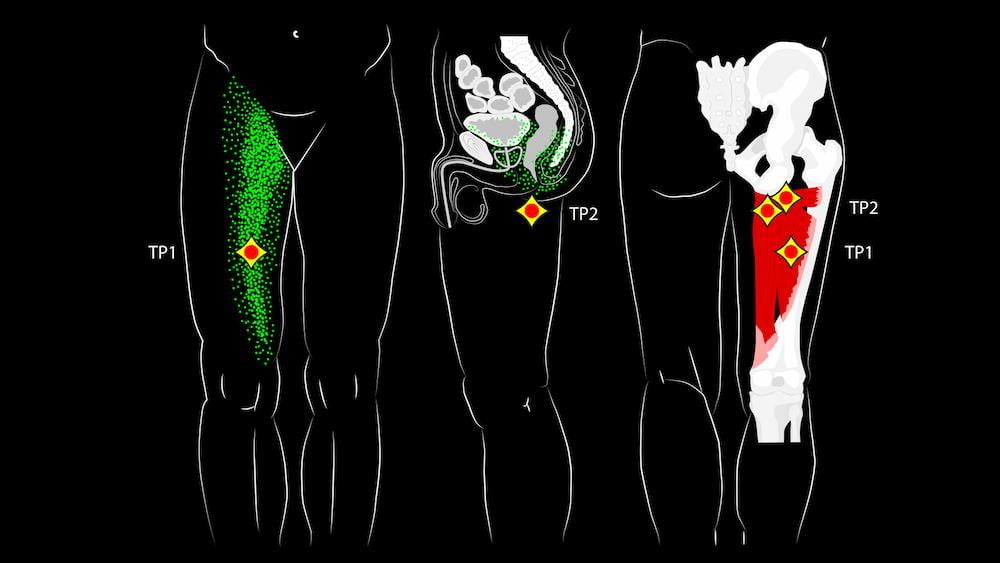
If trigger points in the thighs or hip become too painful it can become impossible to sleep on the affected muscle1.
These muscular contractions can also cause stiffness, limping or in general make it difficult to walk or exercise.
Regular remedial massage helps keep your muscles and surrounding soft tissues supple in ways that normal stretching can’t do. It breaks up the small knots, while stretching only aims to lengthen the whole muscle and leaves the knotted contractions untouched.
If the contracted area is bigger dry needling is the most effective treatment.
Remedial Massage for Knee Problems
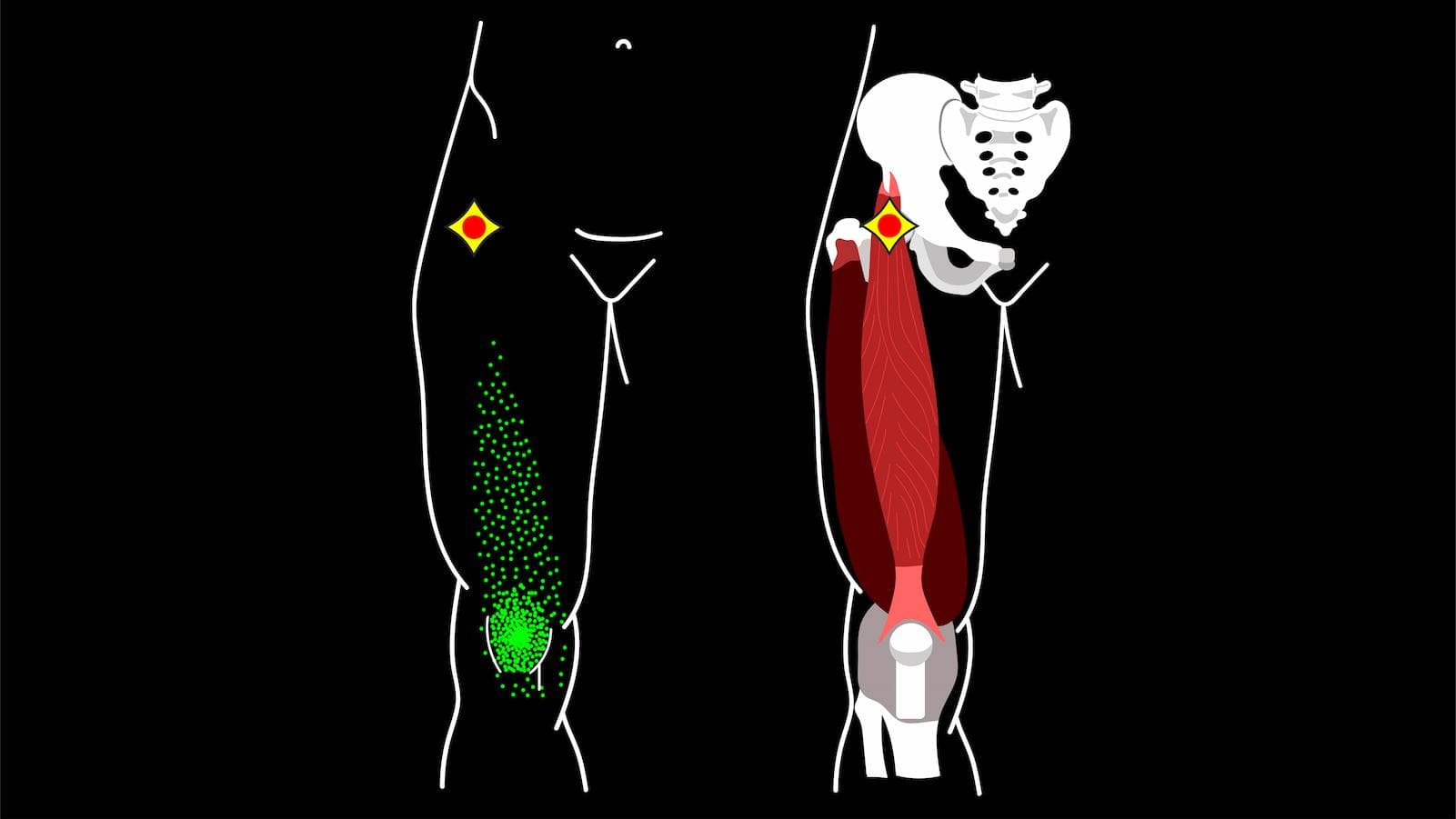
Many people are surprised at how many muscles and ligaments are attached to the knee alone. Muscles of the thigh that are stiff, tight or weak can make the proper use of the knee difficult and painful.
Often an MRI of the knee does not show up any abnormality. Even if it does, trigger points in muscles or ligaments can still be a major or sole cause of all your knee troubles. The pain that these pressure points cause can be every bit as intense and debilitating as that radiating from a damaged knee joint.
If surgery is necessary because of some kind of rupture or damaged cartilage, remedial massage is an important help pre- and post-surgery to keep your muscles relaxed, speed up healing of scar tissue, keep your pain to a minimum and help find a new balance for your muscles.
Shin and Calf Dysfunction
Your shin muscles are vitally important in walking properly. If you find yourself dragging your feet, tripping and stumbling occasionally, a professional massage can help correct the responsible muscular dysfunction.
Calf muscles have the power to lift the entire weight of the body. Massage limbers them up so that walking, running, jumping, and climbing can occur unimpeded.
The biggest muscle in the lower leg, the soleus, is called the body’s “second heart”. It helps pump the blood from the lower limbs back to the heart. A tight soleus can even lead to low blood pressure and unexpected fainting. 2
Remedial Massage for Pain in Ankles & Feet
Pain and numbness in ankles, feet or toes can come from tight muscles or active trigger points in both your feet and lower legs.
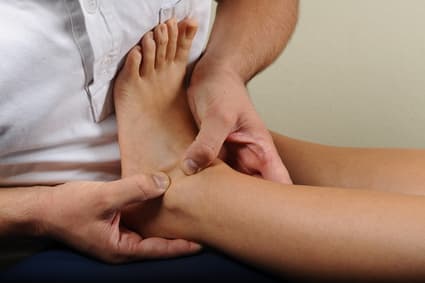
Even if a diagnosis exists that has seemingly nothing to do with your muscles (e.g. plantar fasciitis, heel spur, tendinitis, sprained ankle) remedial massage to your lower legs and feet could help you manage your condition much better.3
You don’t need to live with Muscular Pain
Remedial Massage that specifically focuses on (active and latent) trigger points is designed to deal with acute or chronic pain problems. It is useful for every part of the body including the legs and feet.
It is best to look after our sore muscles as soon as possible so that seemingly minor pain or dysfunction does not develop into chronic conditions. Who of us hasn’t been surprised when symptoms seem to disappear after a few days, and then return as new or different aches and pains?
Because we unconsciously avoid using our painful muscles for a while, we end up unwittingly compensating with other sets of muscles. By using these alternative muscles, which are not designed to do the injured muscle’s job, we end up overloading them and creating a risk of chronic conditions that are much harder to treat:
The longer the condition has been present, the more complex a massage treatment is needed for its resolution.
Common Causes of Leg Muscle Abuse or Injuries
- Foot pronation or other foot problems
- Falls, slips, blows, motor vehicle accidents, fractures, muscle tears
- Stretching already overstretched, and therefore tight, muscles
- Overdoing athletic activities (especially when you change direction suddenly, such as soccer, tennis, baseball)
- Running or walking up or down hills
- Wearing high heels or shoes that are too tight
- Sitting in a bad or unsuitable chair or for prolonged periods
- Wearing a cast on your leg or limping
- Injecting drugs into the thigh
- Problems with the hip joint
- Structural problems (leg length or weight-bearing inequality)
- Horseback riding
- Sustained pressure against some leg muscles (e.g. by a car seat)
- Excessive driving
Further Readings
References:
Myofascial Pain and Dysfunction, Dr. Janet Travell, Dr. David Simons & Lois Simons,2nd edition, vol 1,1999
[1] page 289
[2] page 437ff Vol2 1993
[3] page 441ff
